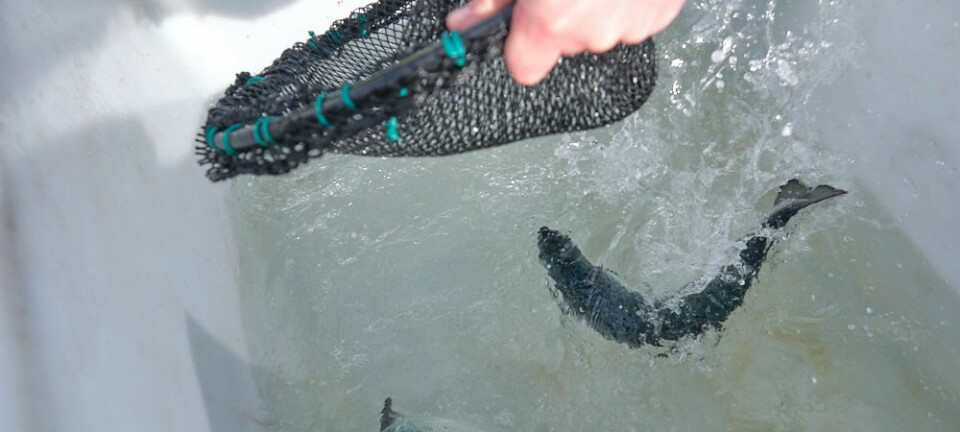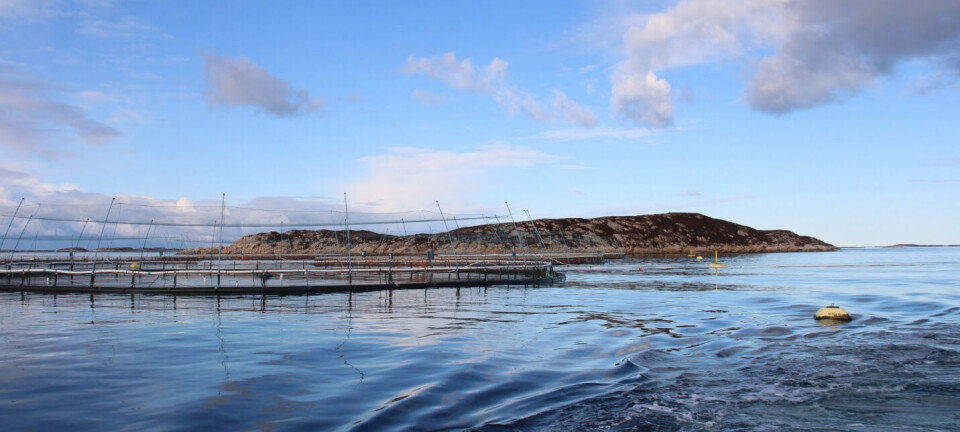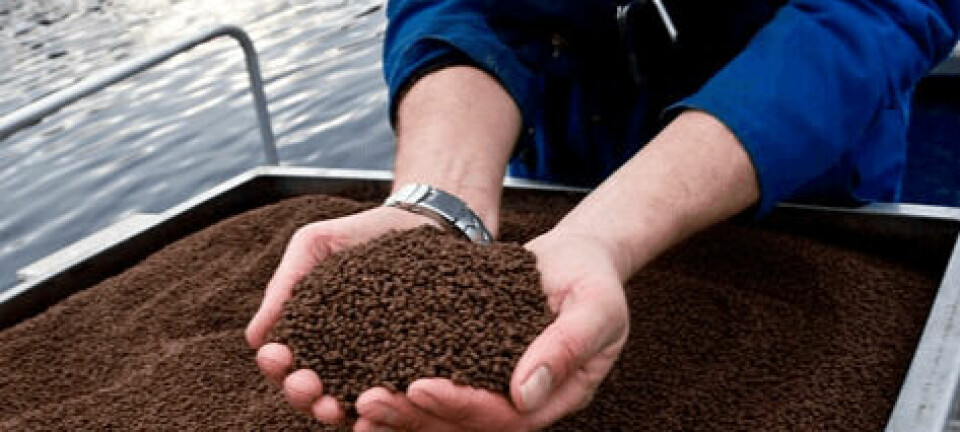
Study: Corkwing wrasse only one-ninth as effective with lice skirts
The corkwing wrasse is not an efficient lice eater when used in conjunction with lice skirts in full-scale salmon farming, a new study has shown.
Although small-scale experiments demonstrate the effectiveness of cleaner fish, researchers point out in a recent article that on an industrial scale, cages have multiple structures and conditions that create other environments that can affect the welfare and efficiency of the wrasse.
Researchers from Australia and Norway looked at different strategies for reducing salmon lice in combination with the use of cleaner fish in cages.
Four strategies
In total, the researchers examined four strategies with the goal of seeing how these affected the effectiveness, physical condition or behaviour of corkwing wrasse.
The strategies tested were: 1) cleaner fish only; 2) cleaner fish and functional feed; 3) functional feed, deep lights and feeding, and lice skirts; 4) cleaner fish, functional feed, deep lights and feeding, and lice skirts.
The study was conducted at the Centre for Aquaculture Competence at Vindsvik in Jøsenfjoren, western Norway.
11% had eaten lice
Each of the cages used contained around 5,000 cleaner fish, of which 80% were corkwing wrasse, and about 65,000 Atlantic salmon with an average weight of 1.9 kg.
The study was conducted over two months in the autumn of 2017, during which corkwing were taken from the cages for tests three times.
“Only 11% of corkwing wrasse had salmon lice in their gut, with individual wrasse having up to 72 lice in their stomach,” the researchers wrote.

Different depths
Principal author Katharine Gentry, from the University of Melbourne in Australia, told Fish Farming Expert’s Norwegian sister site, Kyst.no, that the corkwing in cages with lice skirts ate on average just one-ninth of what they found in corkwing from the other cages.
“This likely occurred due to skirts creating a spatial mismatch between where corkwing (shallower at hide depths of 0 to 7 m) and salmon (deeper with an average swimming depth of 11 m) occurred in cages, which reduced the encounter rate between cleaners and salmon,” wrote the researchers.
They suggested that strategies such as adjustments to hide depths could reduce this difference if cleaner fish follow hides deeper.
Vertical preferences
“Different species of cleaner fish may also have clear vertical preferences that can be used in co-management with prevention technologies,” added the researchers.
“An example is the semi-pelagic nature of lumpsucker compared to the more bottom-dwelling wrasse, or the temperature tolerance of different species.”
They added that although a small proportion of the corkwing viewed salmon lice as prey, the use of corkwing was ineffective as a biological control in full-scale production.
Choice of species
“This species of cleaner fish was not effective in combination with lice skirts. But there are five different species that can be used under different environmental conditions,” Samantha Bui, a researcher at the Institute of Marine Research, told Kyst.no.
She added that the results of the study show the importance of testing how cleaner fish work on an industrial scale.
Lice control in the industry is dynamic and strategies can change quickly as new technologies and techniques come to market. When they are introduced, it is important to test what they mean for the cleaner fish, Bui said.
The article, Sea lice prevention strategies affect cleaner fish delousing efficacy in commercial Atlantic salmon sea cages, can be read in full here.























































